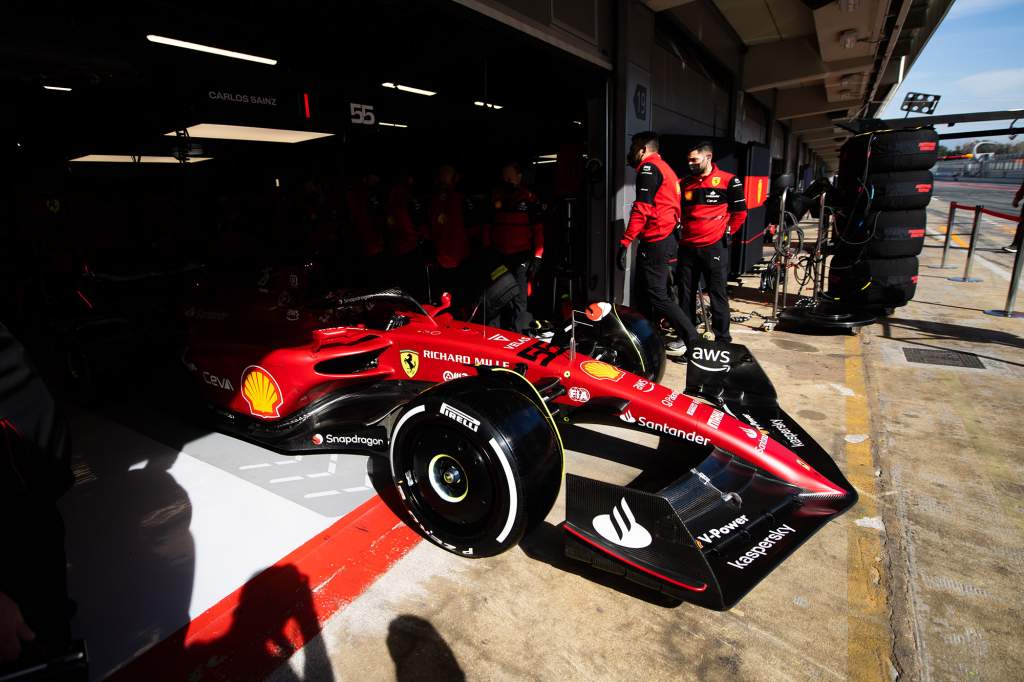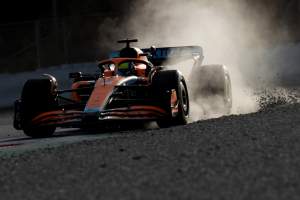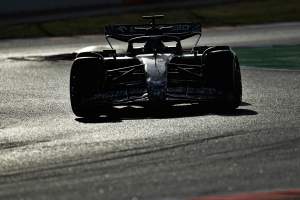Up Next

Mercedes topped the opening pre-season test of the 2022 Formula 1 season with Red Bull snapping at its heels – so all signs point towards a 2021 repeat, right?
Of course the lessons from Barcelona are not so clear-cut. While we are loath to read too much into the laptimes, there is still plenty we have gleaned across three days in Spain.
The 2021 rivals don’t seem to have dropped the ball
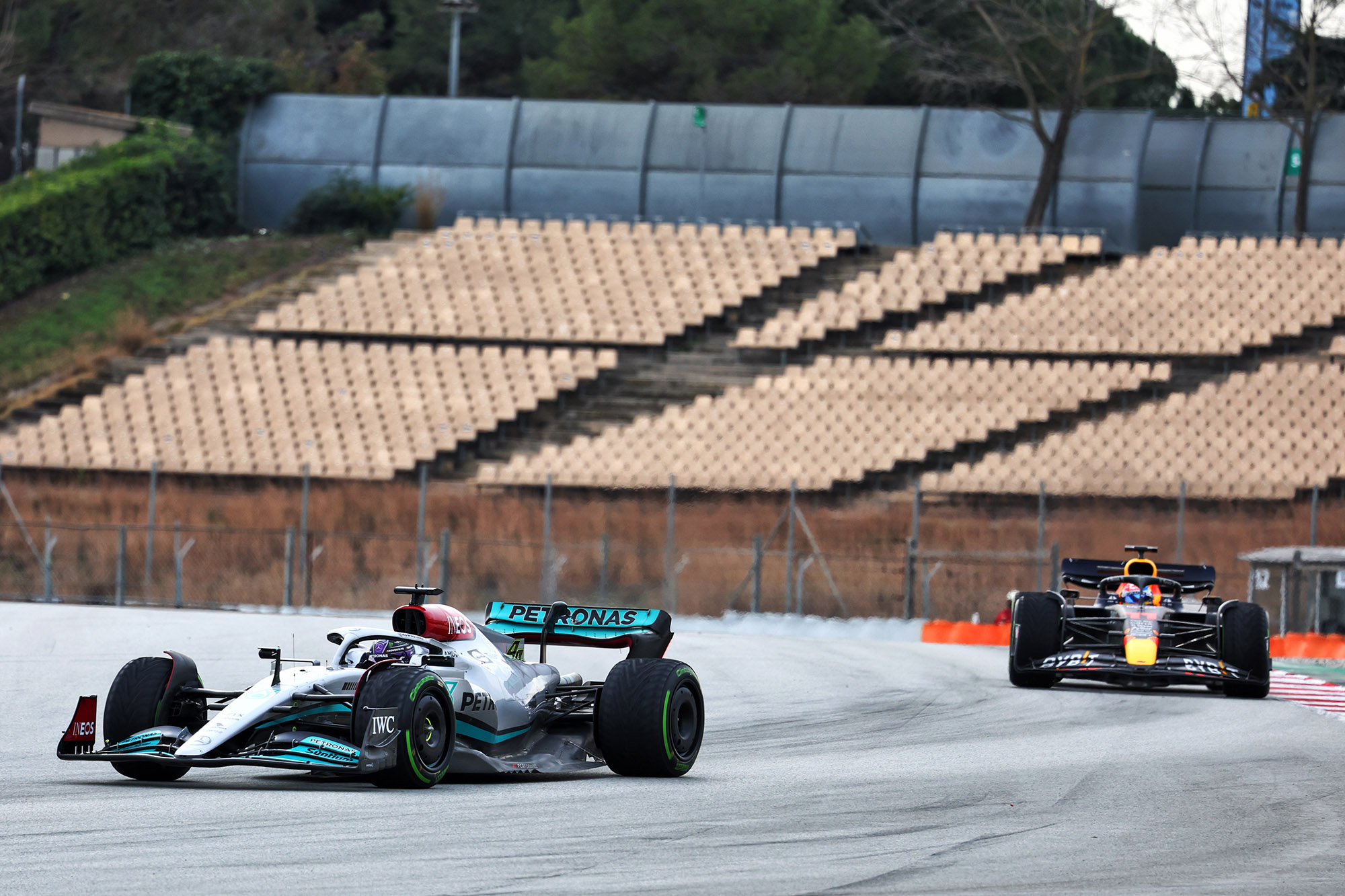
One of the challenges for Mercedes and Red Bull last year was dovetailing their titanic fight for both world championships with the development on the very different2022 car.
As they would also have the harshest restrictions on aerodynamic testing (covering both windtunnel time and CFD work), this seemed like the greatest potential for the two top teams to either drop the ball or simply be outgunned by those who had more opportunity to focus on the new rules.
But Lewis Hamilton bullishly declared this week: “My team doesn’t make mistakes. Of course, there is always a risk, but we don’t make mistakes.”
And Mercedes’ performance in the first test backed that up, with Red Bull just as impressive. This goes for the meaningful metrics like lap counts and the ones loaded with caveats like the laptimes.
“If there’s any team on the grid right now that still expects to be at the front when it matters, it’s going to be Mercedes and probably Red Bull,” reckoned McLaren’s Lando Norris.
By the time the test concluded the order read: Mercedes first, Mercedes second, Red Bull third, Red Bull fourth. Mercedes’ drivers did their times on the softest tyres, with Sergio Perez and Max Verstappen one and two steps harder respectively.
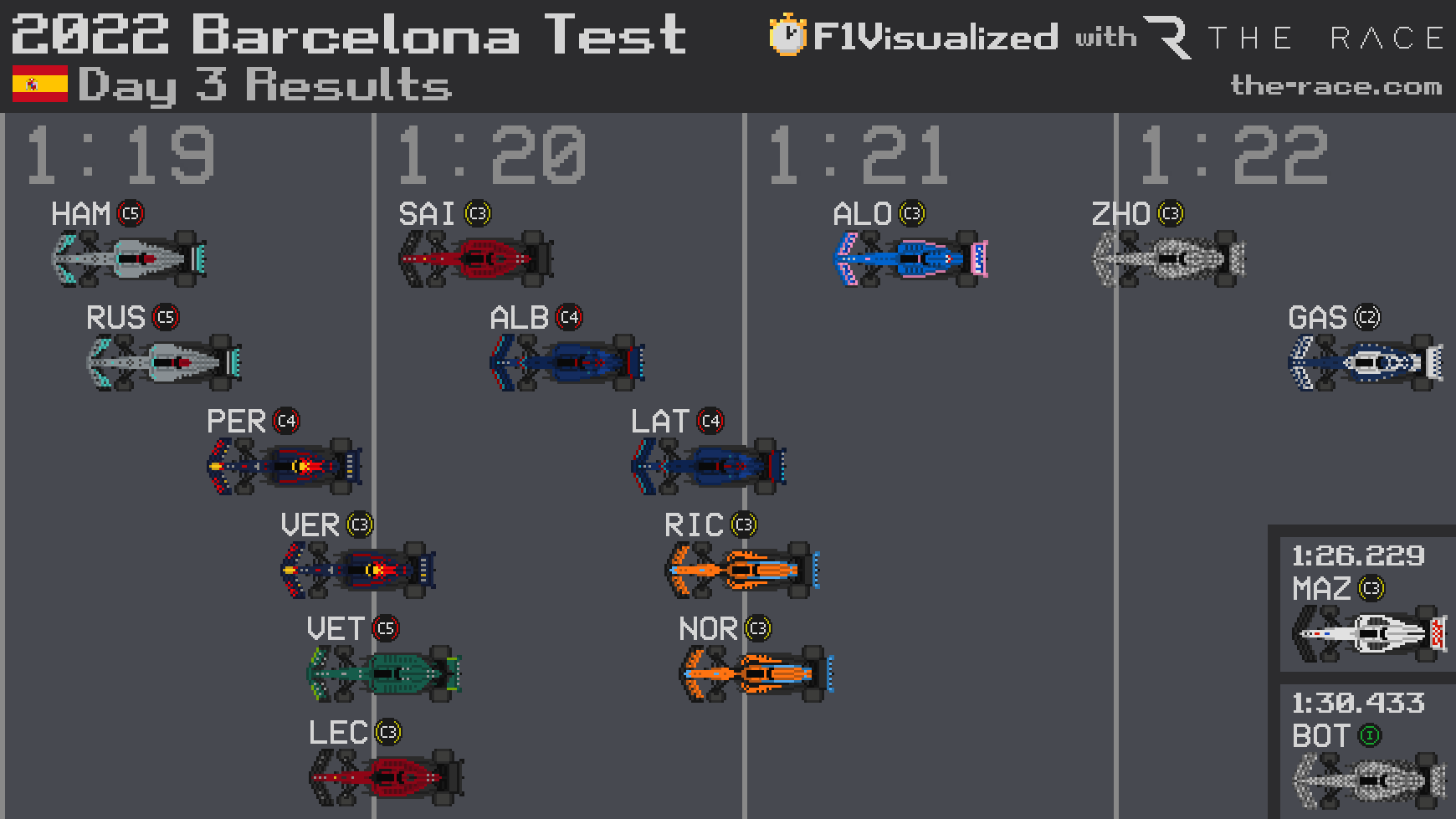
So, is Hamilton getting a read on the competitive order?
“No, you never do on the first week. Never do. We have no idea where everyone is.”
These times are still, potentially, massively misleading. Just because it’s the usual names at the top doesn’t mean they are suddenly bang on and worth reading into. Maybe George Russell’s Thursday evening appraisal – that Mercedes was behind McLaren and Ferrari – is actually a better read.
But it looks like the first distant glimpse of a hand that has otherwise been kept very, very close to the chest – especially as Verstappen’s lap time was 0.6s slower on the C3 tyre than Hamilton had done on the C4, which one team suggested was 1.2s faster.
Mercedes trackside engineering director Andrew Shovlin said “it’s very satisfying for everyone to see it cover 1800km without significant issues, and to show good promise from a pace point of view”, and conceded the team looks to be in a “good place” here.
But he cautioned: “We need to be mindful that our competitors may have a lot of performance to come between now and the first race.” – Scott Mitchell
Ferrari has used its extra time well
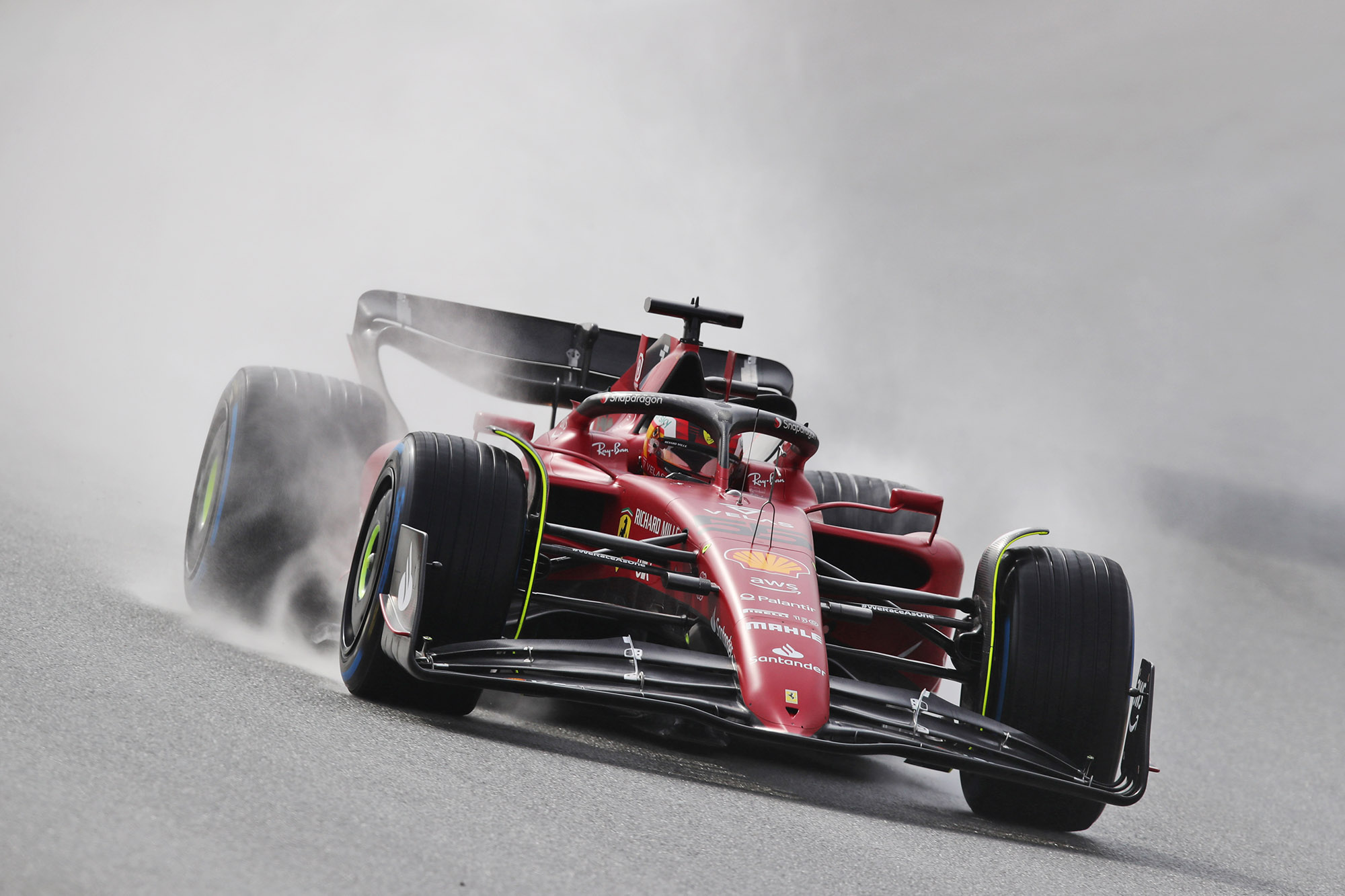
The vibe after three days of testing is that all of Ferrari’s rivals are talking up the team from Maranello, the work it has done with its car and the apparent power of its new engine.
This is a big opportunity for Ferrari because it had a decent chunk more windtunnel time and CFD work permitted by the regulations in the first half of last year, because it finished sixth in 2020. And over the rest of 2021 it still had a bigger aero testing allowance than Mercedes and Red Bull.
Ferrari is happy to acknowledge this has manifested itself into a few positives with the F1-75: lots of laps, the car’s behaving well in terms of balance and reliability, and there have been no big issues setting back its preparation.
However, the suggestion from Hamilton that Ferrari looked “months” further ahead on the development curve was cheerily rebuffed by Ferrari team principal Mattia Binotto.
“I am pretty sure they will be two or three months ahead of us by the time we will be in Bahrain,” he said.
“It’s very difficult today to judge performance under relative competitiveness between the teams.
“What was important for us was to collect data here and I think we can be satisfied with the amount of laps we did.
“I heard rumours that our competitors will bring big updates and upgrades.”
Carlos Sainz said the team was “happy and proud” with its mileage count from the test after Ferrari topped the charts, 46 laps clear of Mercedes.
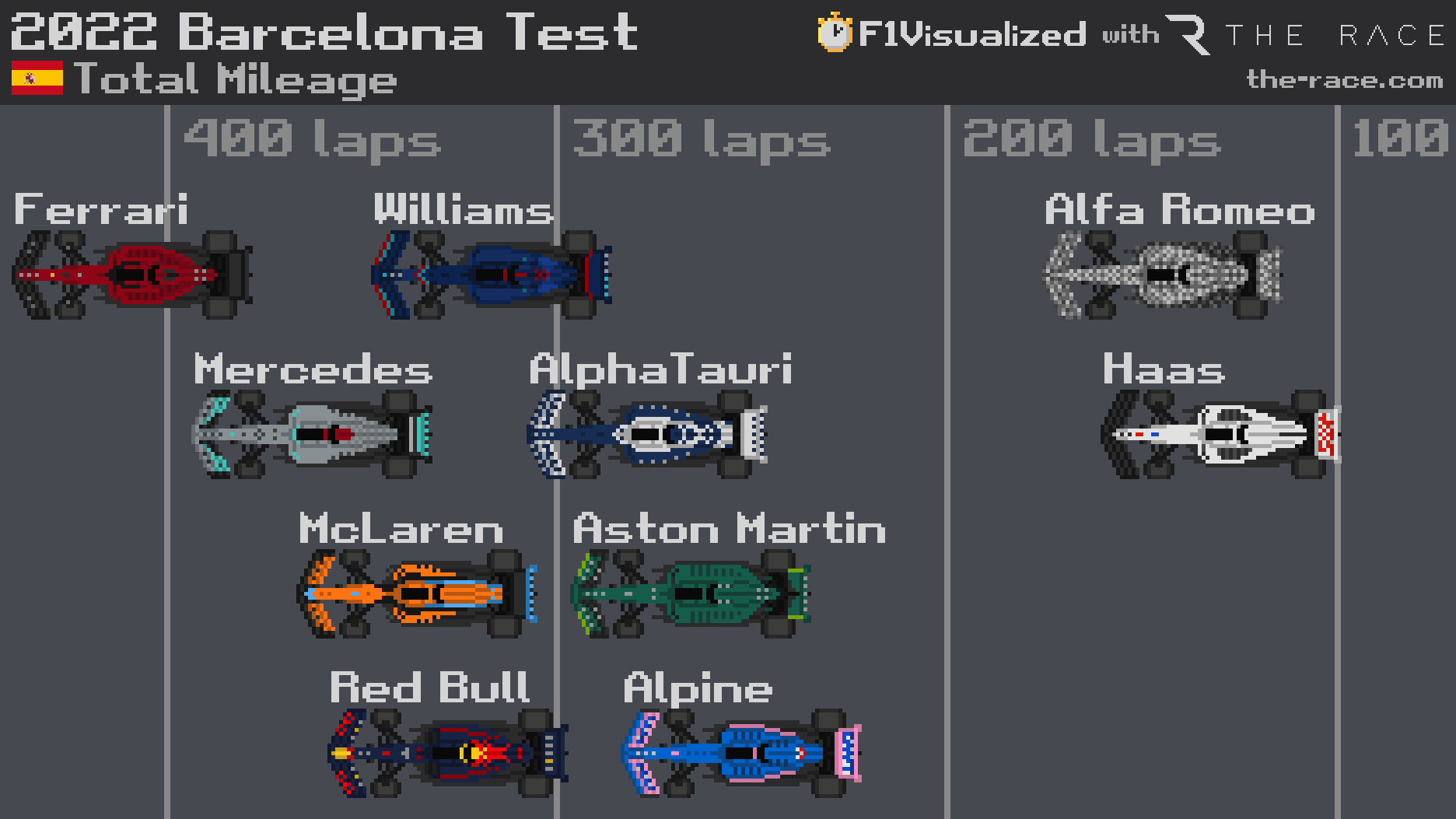
But he was also keen to play down the efforts to pinpoint Ferrari as a potential team to beat.
“It’s very early days and I get why you guys are starting to take conclusions and maybe try to put up a pecking order,” said Sainz.
“But no one has a clue what fuel loads everyone is running, so we cannot confirm or deny that we are happy or sad because we really don’t know where we are.
“In Bahrain will get a bit easier to start guessing where everyone is.” – SM
The new cars weren’t bulletproof after all
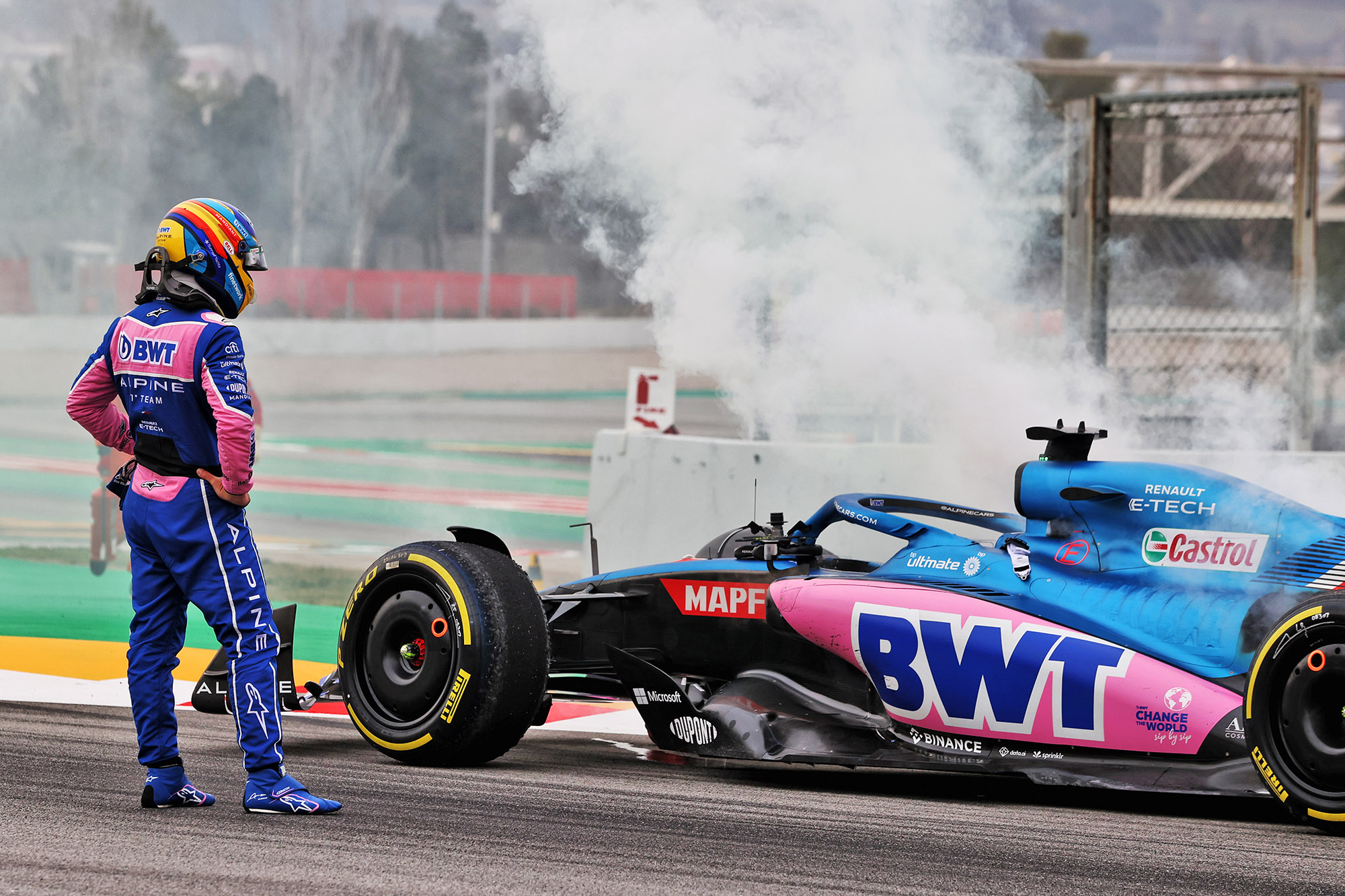
There we were at the end of day one waxing lyrical about how impressive reliability had been almost universally among the teams. No red flags and 1100-plus laps represented a pretty emphatic answer to F1’s biggest step into the unknown in a generation.
But those statistics weren’t quite repeatable, as it turned out.
By the lunchbreak on Friday five red flags had been shown in four hours, the majority for mechanical issues. And though there were no further stoppages in the afternoon, it’s worth considering that four teams – three of which caused red flags – didn’t reappear at all, and another managed only a handful laps.
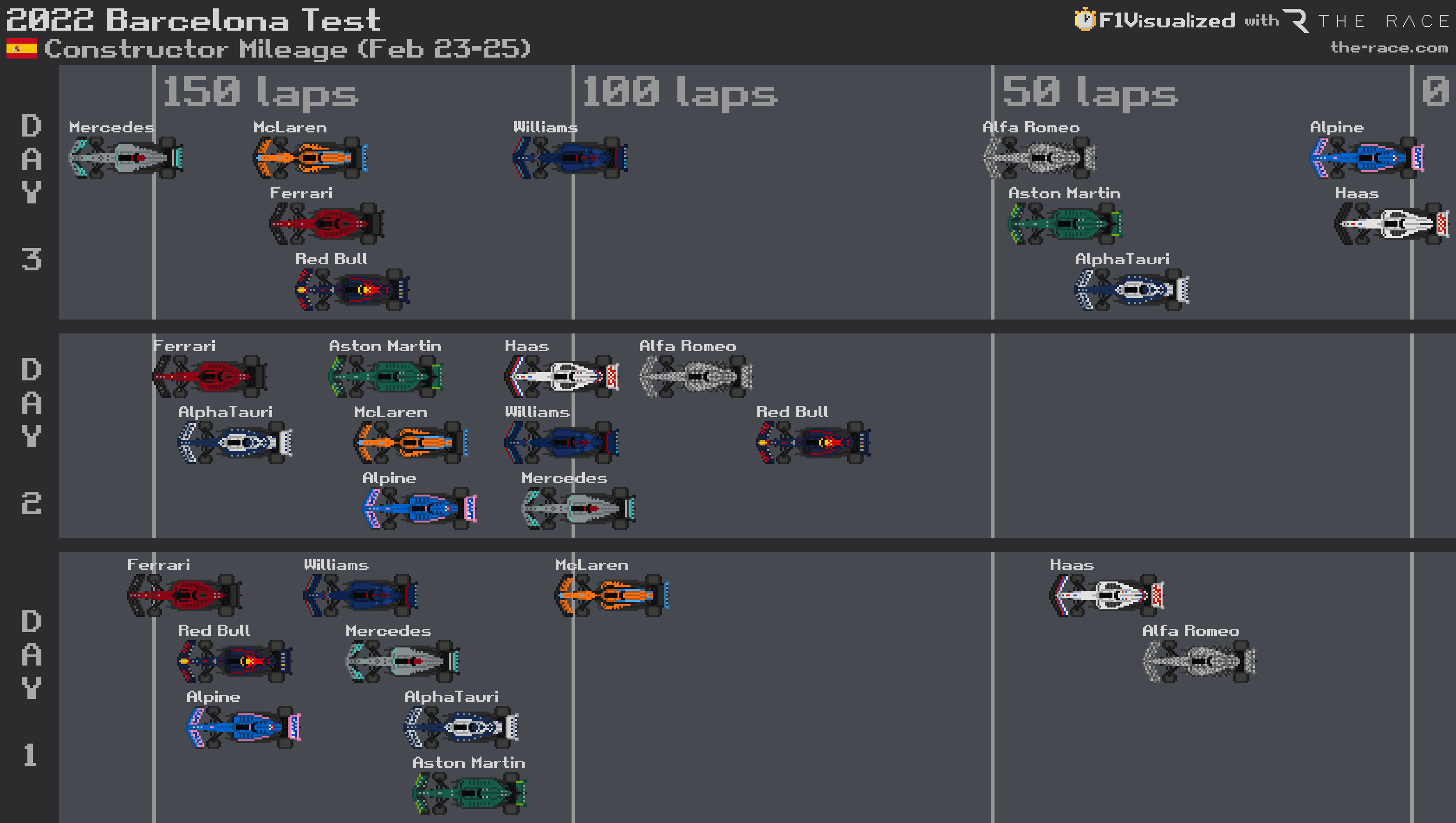
Alpine called it a day before lunch due to the effects of a hydraulic leak in the first hour – which led to a fire in the back of the car – while Fernando Alonso was driving. Haas and Aston Martin hoped to get back out but oil leaks for each put paid to those ambitions, and AlphaTauri “simply ran out of time” to repair its car after Pierre Gasly’s off in the morning.
Valtteri Bottas did get 10 laps on the board for Alfa Romeo during the first hour or so of afternoon running, but that was its lot. And when you consider that was all on the intermediate tyre, during the period when the track had been artificially soaked, it adds up to no meaningful running.
The statements released by those teams that confirmed they would skip the rest of the day gave little away, but missing an entire afternoon will undoubtedly have hurt them – even if there’s a second three-day test to come, the necessity of which seems questionable given how good reliability has been in general. – Jack Cozens
There is diversity of design…for now
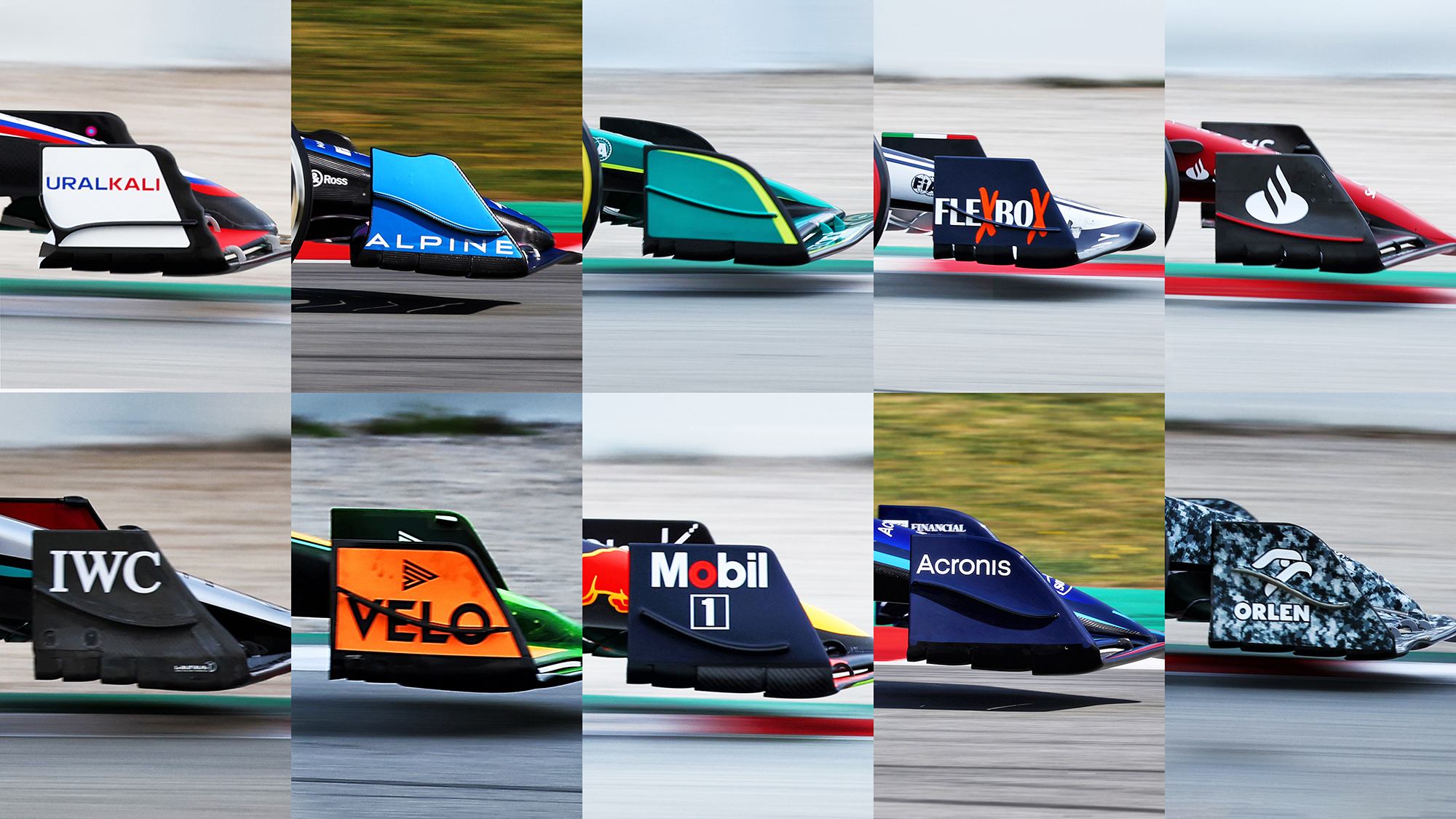
Ever since these new rules were first released in 2019, there have been concerns that the proscriptive regulations will make for a lack of variety. But so far, that’s proved not to be the case – much to the surprise even of many in the paddock.
The variety in nose shapes, sidepod treatment and suspension configuration are the obvious differences but even with the massively simplified aero there’s a wide range of interpretations and approaches.
The key question is whether this will continue to be the case for the long haul or if the teams will all gradually converge on a single, most effective approach. Certainly, they will all have looked closely at their nine rivals to see what ideas can be borrowed and adapted for their own cars. – Edd Straw
Is following actually any easier?
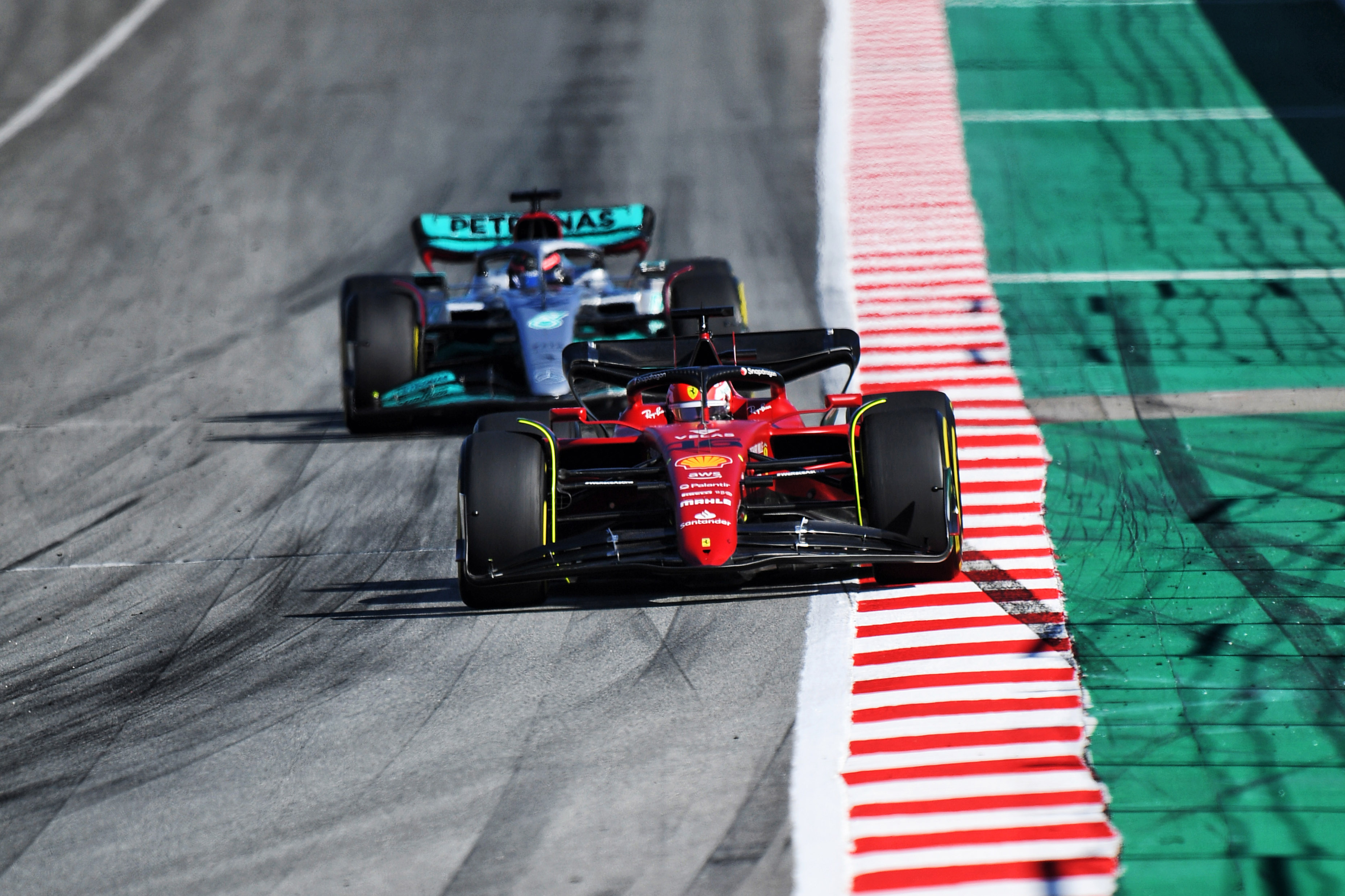
There is a tentative conclusion from this test that the new regulations have achieved their purpose in making it easier for cars to follow.
Sainz says he is cautiously optimistic that it is now easier to follow another car, after fears that the intention of the regulations may have been subverted by the teams’ interpretation of them.
Gasly reported the same after deliberately running close behind other cars, while Alex Albon had a couple of laps behind Gasly on Thursday and was surprised by a “good initial feeling”.
“Obviously, I haven’t raced in a while so it’s a bit harder on that side,” Albon said.
“But I was surprised how fast I could stay through Turn 2, Turn 3.
“I was almost under-driving because I was expecting worse!”
The feedback wasn’t universally positive. While Verstappen said “you don’t have this weird loss of downforce” he did say “you suddenly have a lot of understeer and massive oversteer”.
“Of course, I don’t expect it [the dirty air effect] to be fully gone and that you can [suddenly] follow on the rear diffuser, because of the speeds we are still doing,” said the world champion.
“But it all seems a little bit more under control and the cars are fine.”
A few images from the wet running on Friday afternoon provided some interesting clues.
The shape of the spray and some visible vortices carried a decent resemblance to what the FIA wanted to achieve with the regs in terms of manipulating the airflow to create a kinder wake.
That, combined with driver testimony, suggests that the cars are doing broadly what was hoped in terms of airflow.
But of course the jury is still out on whether that really allows for closer racing. – SM
Pirelli might be delivering what drivers wanted
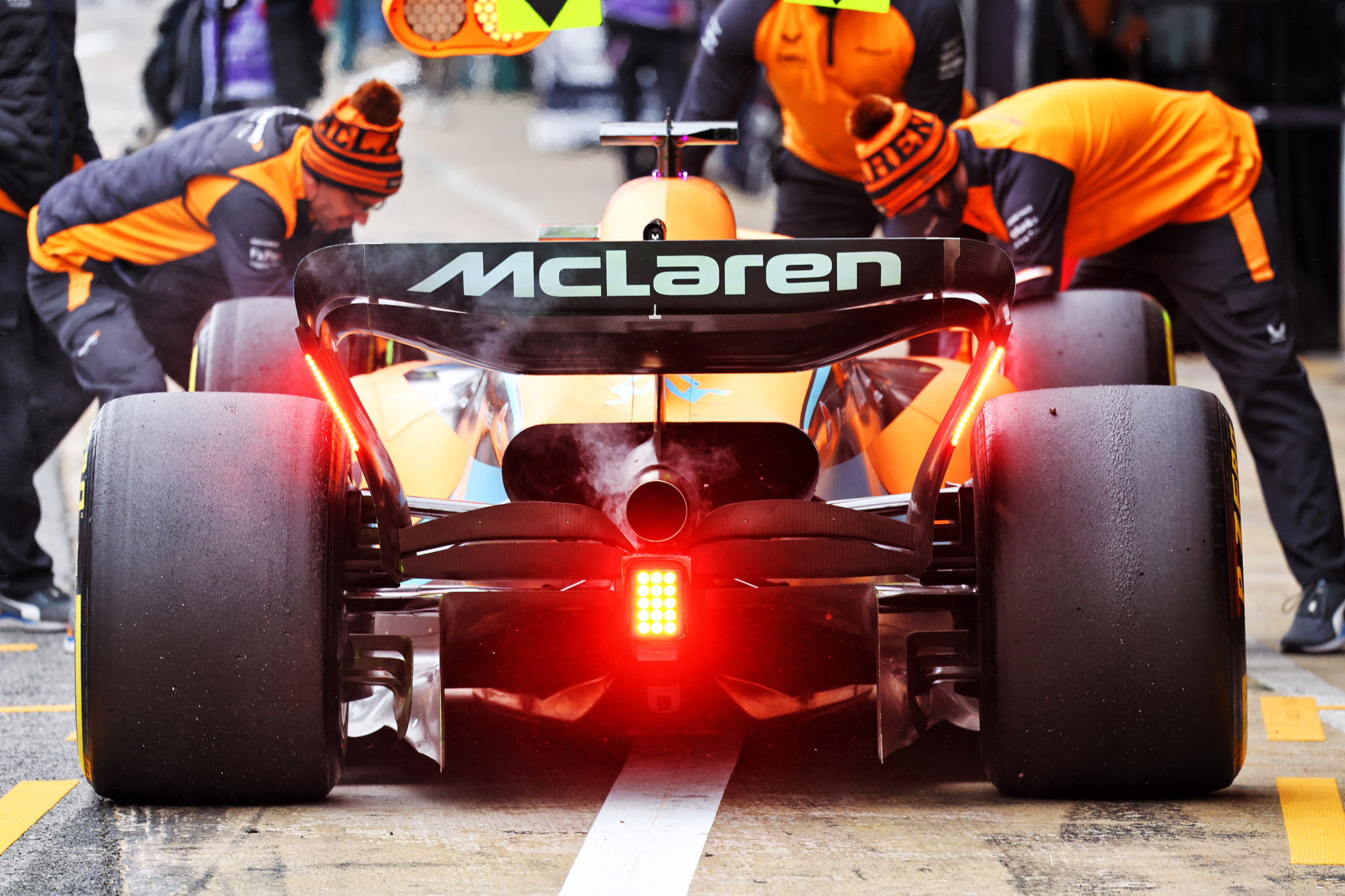
There’s cautious optimism about the performance of the new tyres. One of the key requests of the performance letter of Pirelli from F1 and the GPDA was that they should be able to recover their performance after being pushed hard.
Drivers were asked to incorporate into their test programmes some hard running, a recovery period, followed by more hard running. This yielded positive results.
The cool weather meant we saw an unrepresentative 1-1.5s between the C3 and C4 compounds. In more typical race weekends that gap should be more like 0.5s. – Mark Hughes
Nightmare Haas week extends off-track
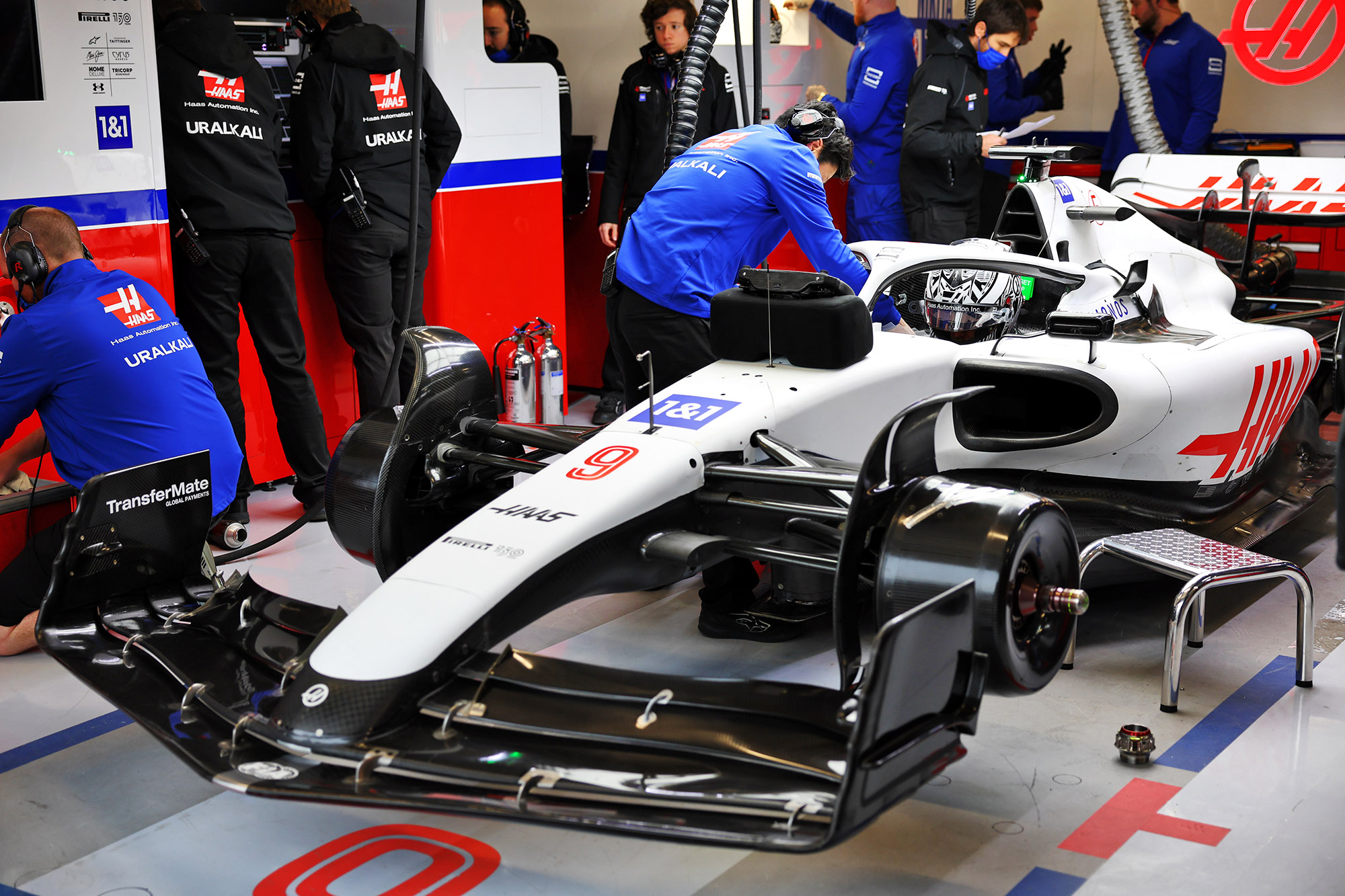
The raw facts of Haas’s week are enough to class it as a terrible first test. Throw in the fact its title sponsorship has been dragged into the Russia/Ukraine crisis and we can escalate this week to ‘nightmare’ status without feeling like we’re exaggerating.
Haas edged Alfa Romeo for the ignominy of completing the lowest number of laps this week as various issues afflicted the team: a cooling leak, a broken floor, a damaged fuel pump, an oil leak…
“The first day was a little bit clumsy but we learned enough that on the second day we were well prepared,” said team boss Guenther Steiner.
“The second day was actually pretty good, we learned a lot, if you think we had three days of testing but really we only managed one.
“I think we made good progress. Now we have to get prepared for Bahrain. We have information – we know what to do and we will get it done. Hopefully in Bahrain we don’t have any gremlins.”
Haas and Alfa Romeo were among the earliest to switch their focus to the new rules, so it is a major disappointment to have had such a blow to their preparations.
Mick Schumacher tried to put a brave face on it but conceded that mileage is everything at this stage.
“Yes we have another test, but nonetheless you want to be doing as much mileage as you can here so that you don’t run into any issues that haven’t been discovered because you haven’t been running,” Schumacher conceded.
“So yeah, I think laps are what count.”
And they are a commodity Haas is finding in short supply. – SM
Bottas’s fresh start is a false start
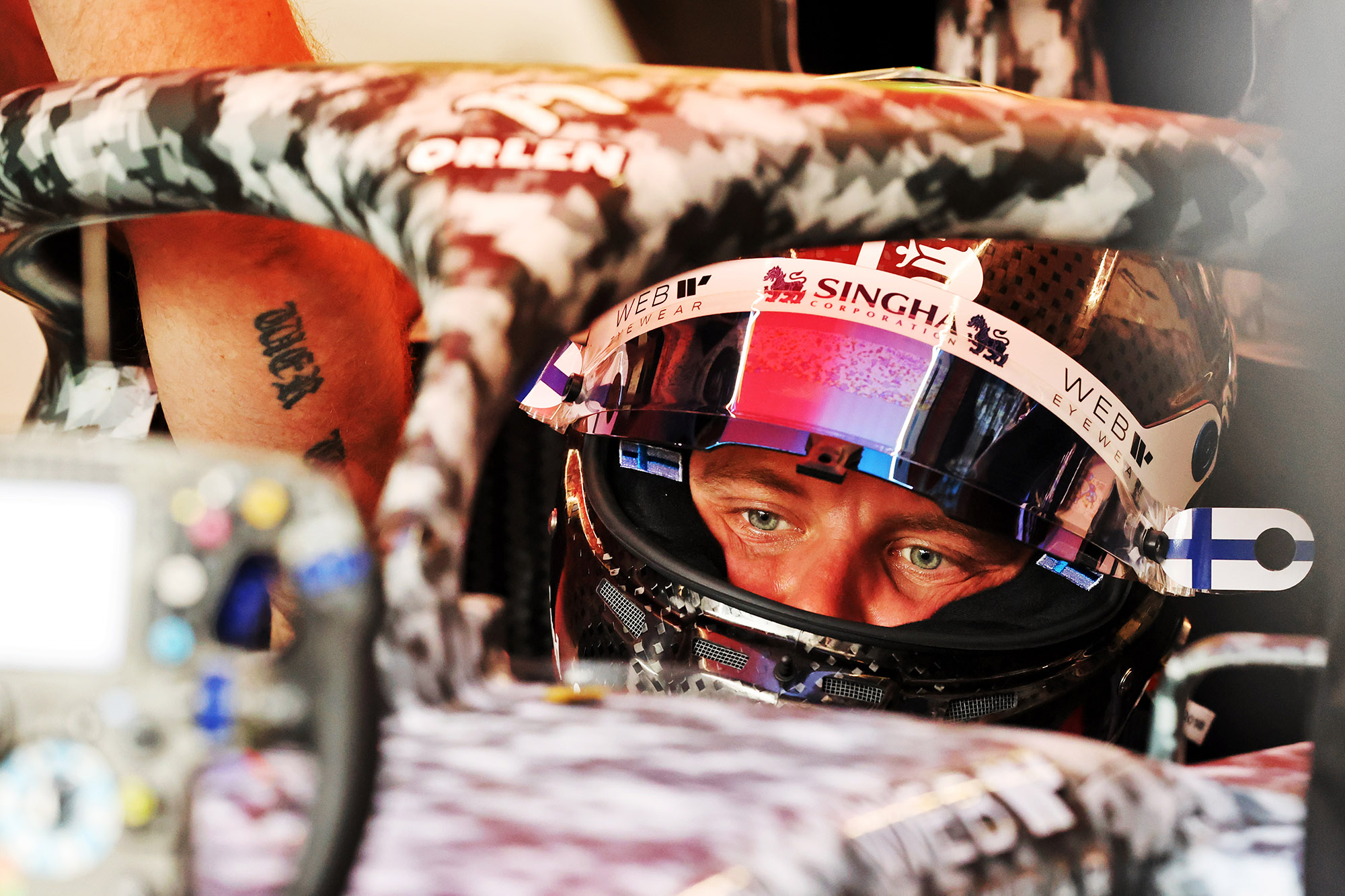
“We had some issues that turned out to be pretty costly in terms of time lost.”
“I wasn’t able to run as much as I would have wanted this morning.”
“It’s no lie that we haven’t had quite enough mileage as we would have liked at this point.”
Valtteri Bottas’s transition from Mercedes to Alfa Romeo has been more ‘false start’ than ‘fresh start’ this week, as the above quotes – one from each day of the test! – attest.
Bottas completed just 54 laps across his 1.5 days of running as Alfa Romeo ran into a litany of issues. It was the lowest tally of any driver and Alfa Romeo was only spared greater embarrassment by Haas.
He has had precious little time to understand the car and work properly with his new team.
“There’s still always Bahrain,” he said. “For sure, you still want to get the best out of Bahrain and not experience issues that you can’t fix overnight and you need to go back to the factory and produce some more stuff.
“It is what it is. We need to make the most out of the situation.”
Unfortunately for Bottas, he was speaking before the final afternoon – when a technical issue restricted him to zero dry laps, and torpedoed his hope of a productive end to the test. – SM
There will be changes for Bahrain
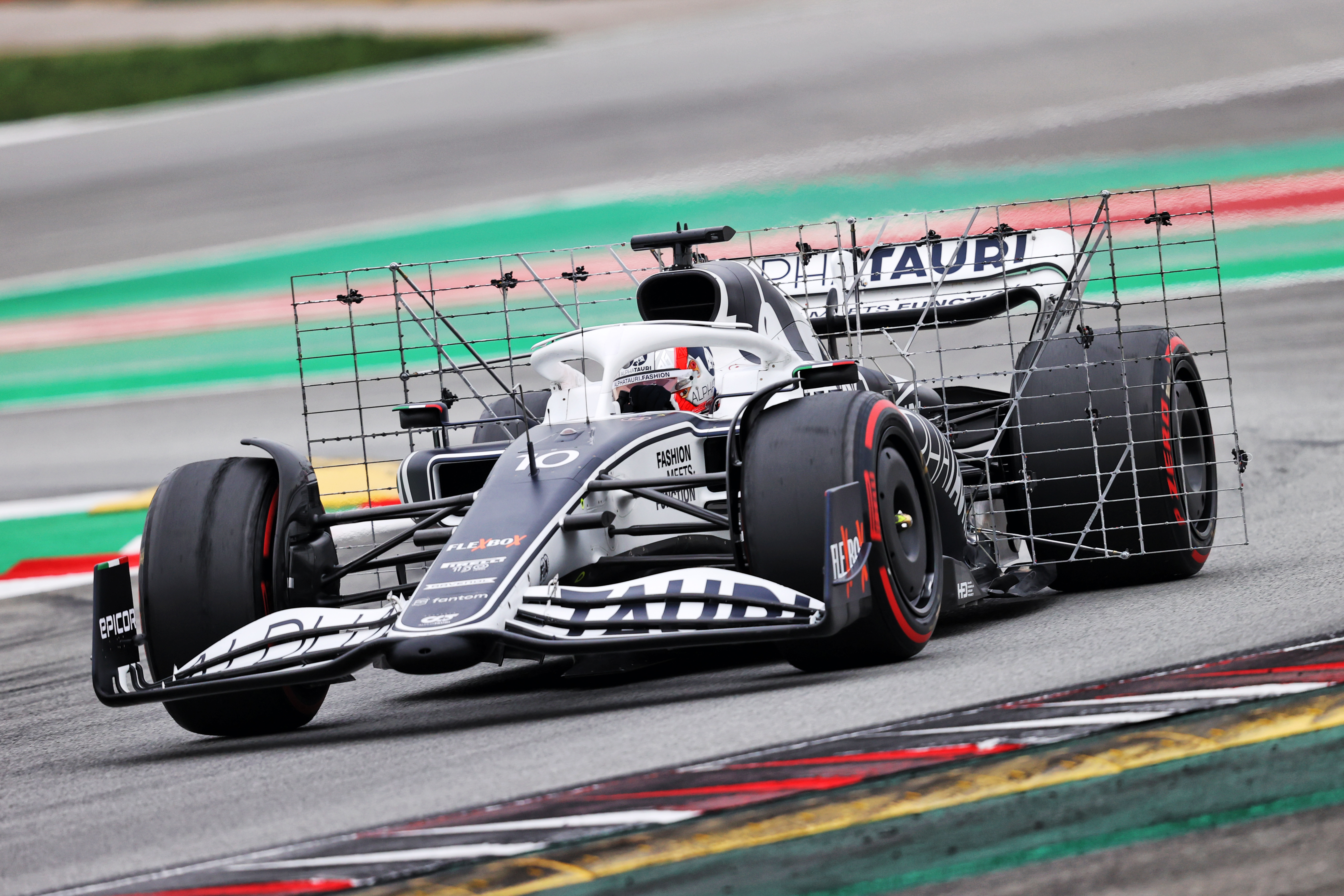
We can expect some significant upgrades to appear at the Bahrain test for several reasons.
Firstly, this is because some teams will move swiftly to find solutions to any porpoising problems that minimise any performance loss.
“We were also suffering the first day, but we could in part get rid of it with changing the set-up and changing the ride height of course,” said AlphaTauri team principal Franz Tost.
“But this took away some performance and our aero team is now working on the solution for the test in Bahrain to get rid of this bouncing.”
Secondly, these are early days for these new cars and we can expect the development rate to be rapid. The parts on the cars here will have been signed off varying degrees of weeks or months ago depending on each team’s approach and there will be new parts in the pipeline to try in Bahrain.
Thirdly, there will also be teams that push this approach of maximising development time to the limit. Mercedes and Red Bull are past masters at this so it’s possible that they could deploy upgrades that reflect a month or more of development, depending on when they pushed the button on manufacturing.
That doesn’t mean completely different cars, simply a big step in the evolution of the same design as what you see on track is always lagging behind the design office to some extent. It’s just a question of by how long. – ES
The porpoise problem
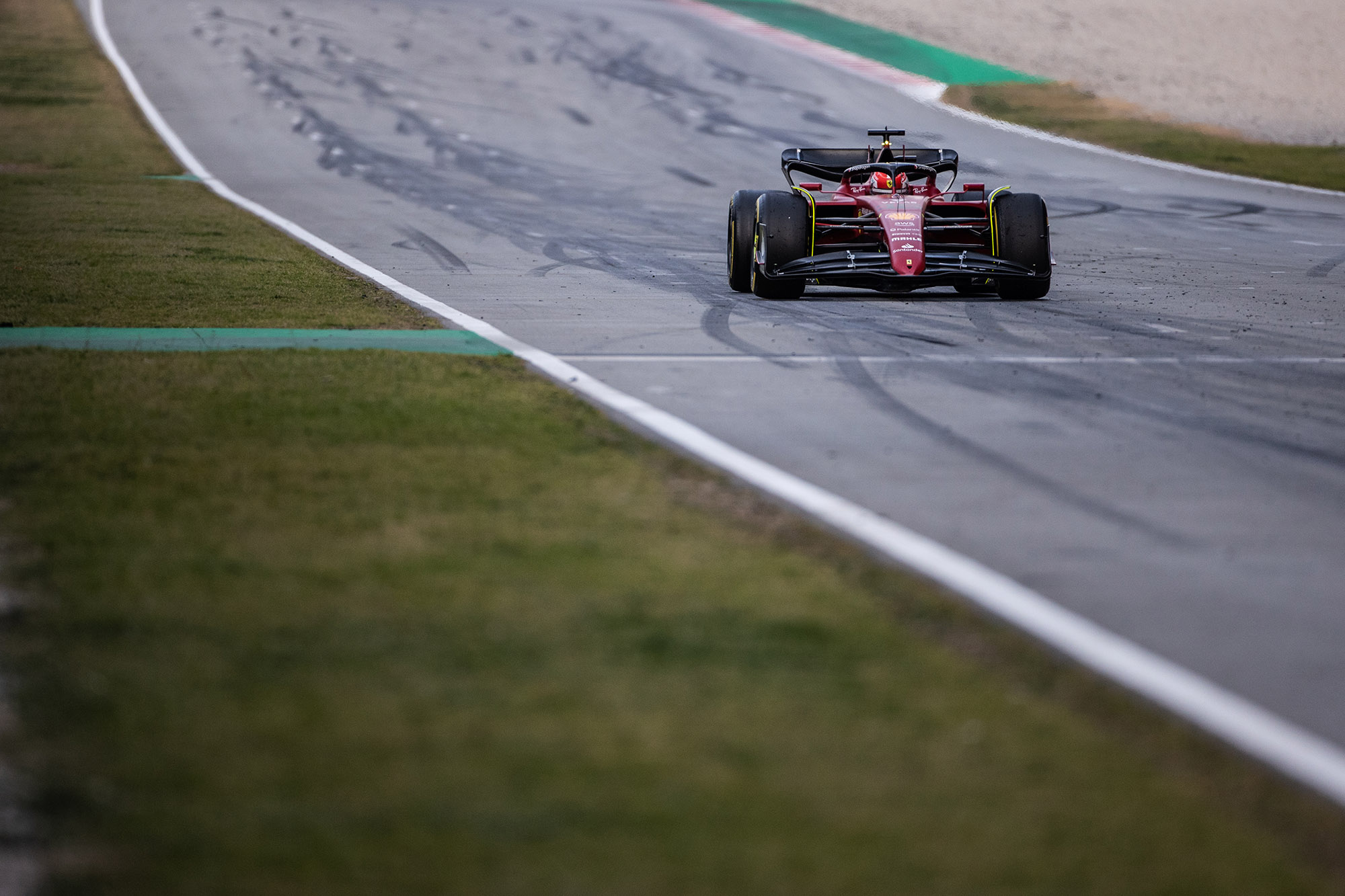
The big talking point of testing has been porpoising. It’s a problem every team knew it could run into with these ground effect cars but a potential problem that can’t be tested in the windtunnel thanks to not being able to run the model low enough without damaging the belt or even with their CFD facilities. Sometimes, only real-world testing is good enough.
Porpoising occurs when the car gets sucked so close to the ground by the powerful underfloor aero that the diffuser stalls, leading to the rear end rising as the load is reduced then dropping again as the load builds up again. What decides how big a problem it is the frequency of this oscillation.
Some teams had serious problems, with Alfa Romeo suffering damage and having to bring new parts to contain the problem. It’s likely every team will make at least some modifications to better control it.
But while it’s easy to eliminate the problem simply by raising the ride height, that costs you a lot of performance so is only a stopgap. Expect to see development parts to fix the problem for good in the coming weeks and months.
The key is that teams understand what is causing the underfloor aero to stall. It’s easy to detect the symptoms, but not so easy to isolate the source. – Gary Anderson
Weight is a problem
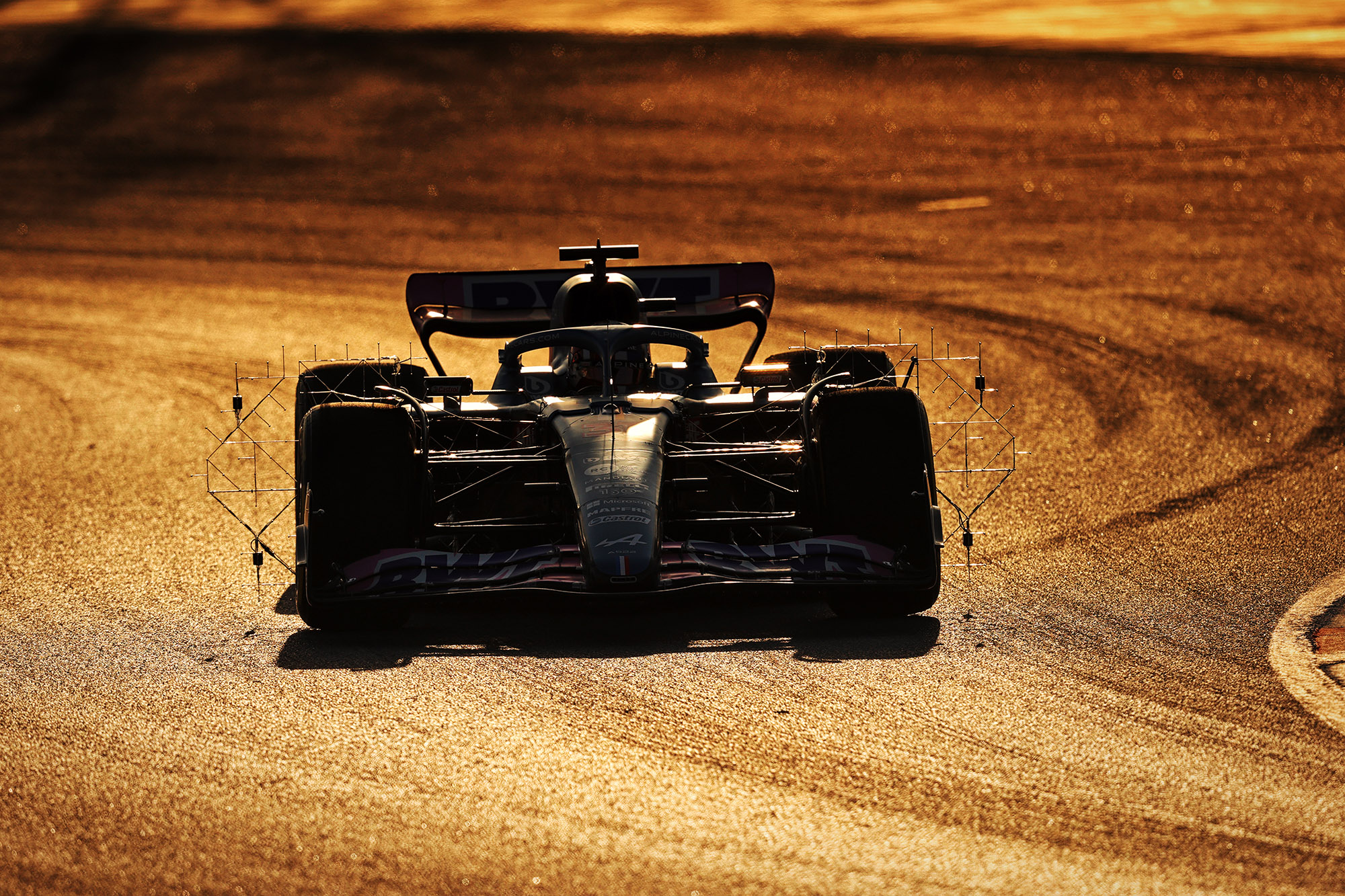
The minimum mass of Formula 1 cars has risen to 795kg for 2022. But despite them being 20kg heavier than the first version of these new regulations, and 43kg heavier than last year’s cars, teams are still struggling to get down to the minimum weight.
The increase was to account for the weight added by improved chassis safety systems and the 18-inch wheelrims, as well as the expectation that certain aspects of the 2022 car will have to be heavier by design given the demands of the cars.
Teams are very reticent about revealing whether they are able to be on the minimum weight and it won’t be until the season-opening Bahrain Grand Prix that they need to be in their lightest possible trim without the extra sensors required for testing and even parts that might not be in their final lightweight form. But even then, it’s going to be a big challenge.
“There’s still a lot of stuff on the car, logging, electronics, so it’s difficult to know exactly where we are,” Haas technical director Simone Resta told The Race.
“It’s a struggle for a lot of people. In the meetings with the teams and FIA there was a lot of push to progressively raise the minimum weight.
“We’ll have a better idea at the end of test two when you take it to the bare minimum of what you need.” – ES
The new cars might be no slower at all
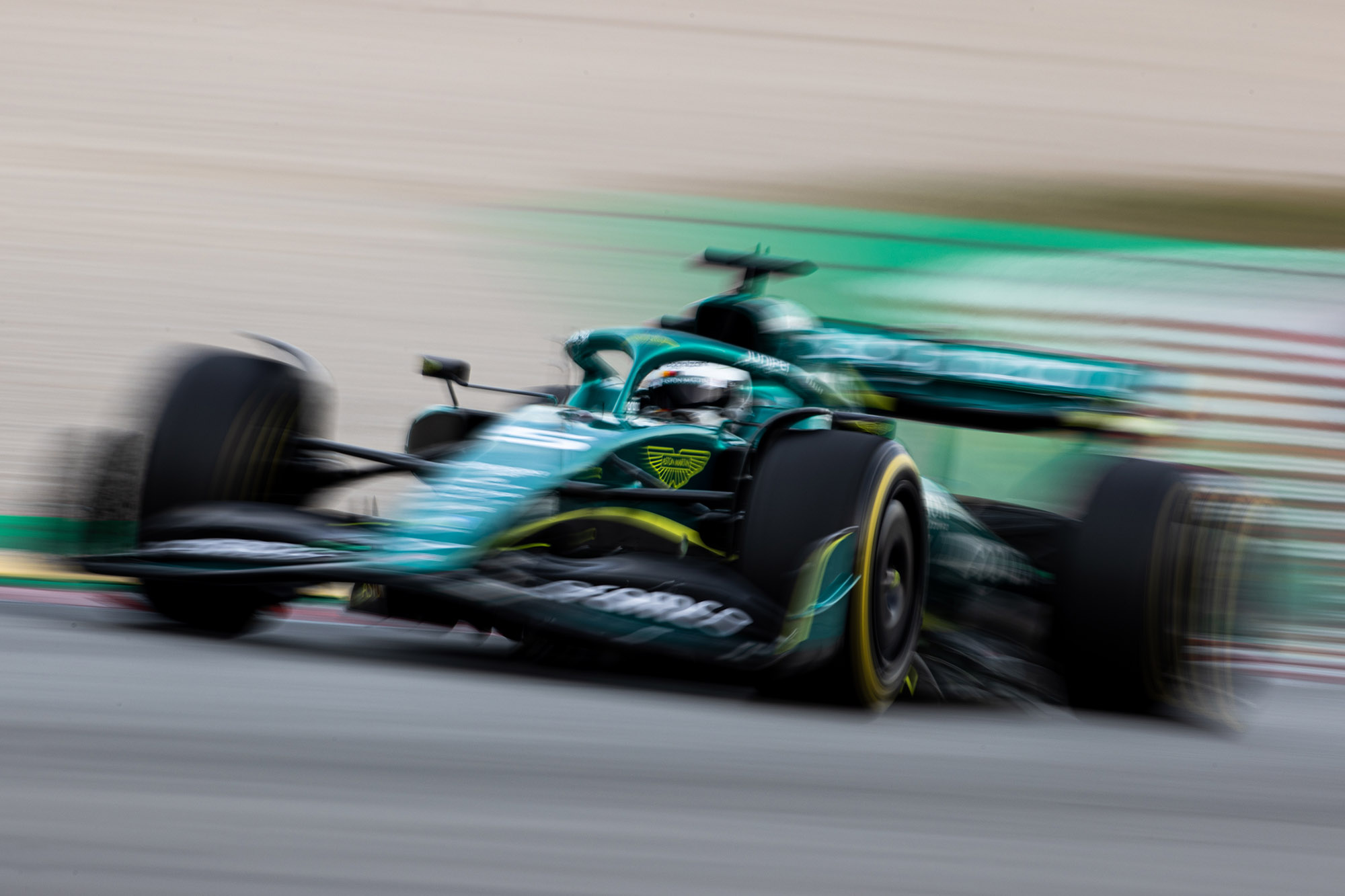
It’s been clear for a while that the new cars were not going to be as slow as was first suggested when the regulations were proposed way back in late 2019.
Slower times were never a stated target, rather a likely consequence of rules designed to cut downforce and reduce areas of development.
The closer we got to testing the greater the indication that actually, pretty soon these new cars wouldn’t be any slower at all.
Well now we have our first reference points. These cars produce laptime in a slightly different way as they are quicker down the straights and through the high-speed corners but worse in the slow-speed stuff.
Barcelona is a tricky comparison because F1 hasn’t tested here for two years and the last time it did, the Turn 10 hairpin was different. So let’s use last year’s qualifying because that gives us a fixed point.
Hamilton’s pole lap in 2021 was a 1m16.741s. That’s 2.4s faster than the fastest time we’ve seen this week, also set by Hamilton.
Given the grand prix would have been held in more favourable conditions, the cars were a known quantity, and everything would have been prioritised for performance, that’s a gap that the teams will eat into rapidly.
Consider that in 2019, the benchmark from the first week of pre-season testing was 1m17.393s, and became 1m15.406s in qualifying at the grand prix.
So even back then, the cars got two seconds faster by competition time.
Factor in the obvious development that will come with these new cars, and – despite the 43kg weight increase – it won’t be long until they are as fast as their predecessors. And at some tracks, maybe even faster. – SM


